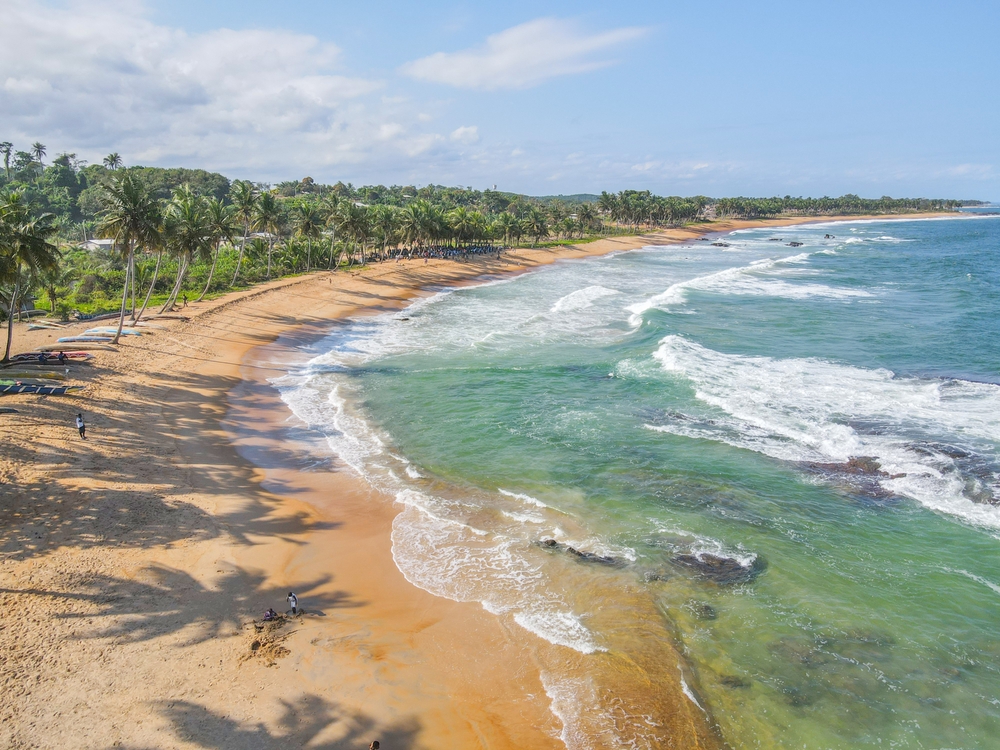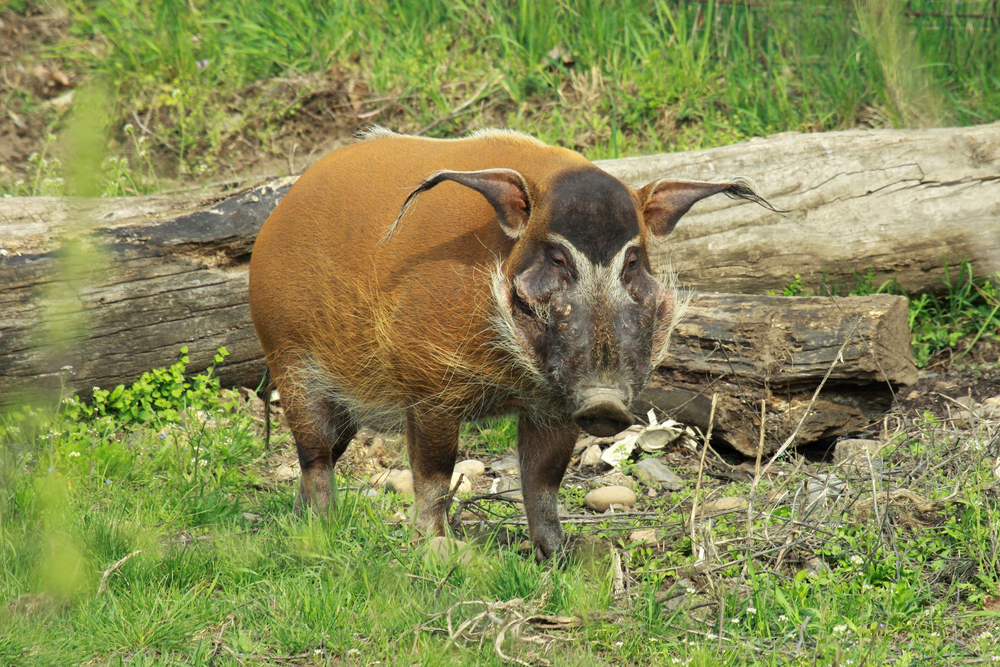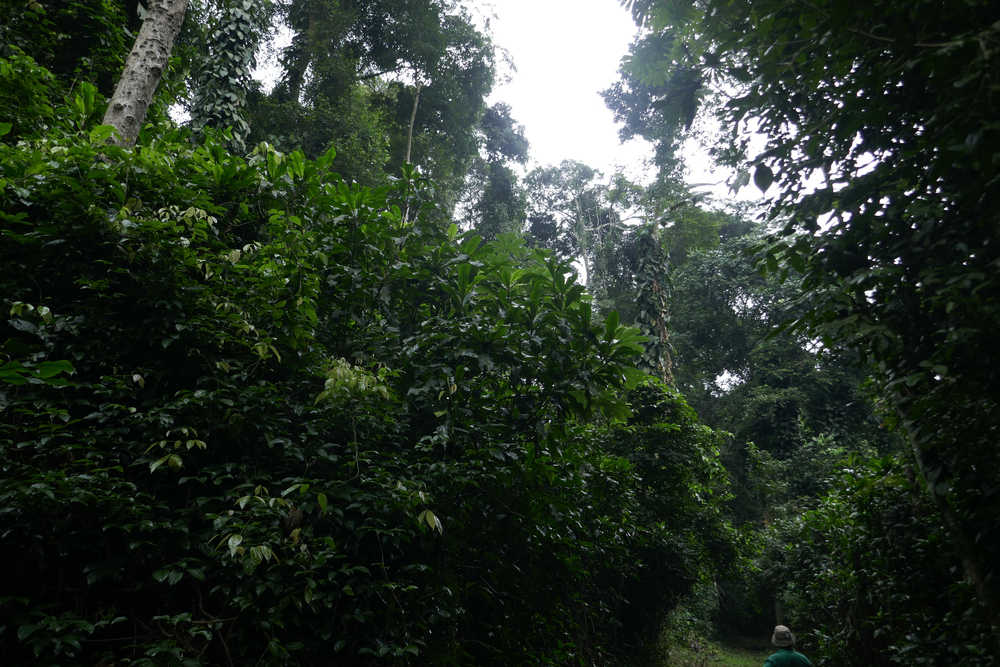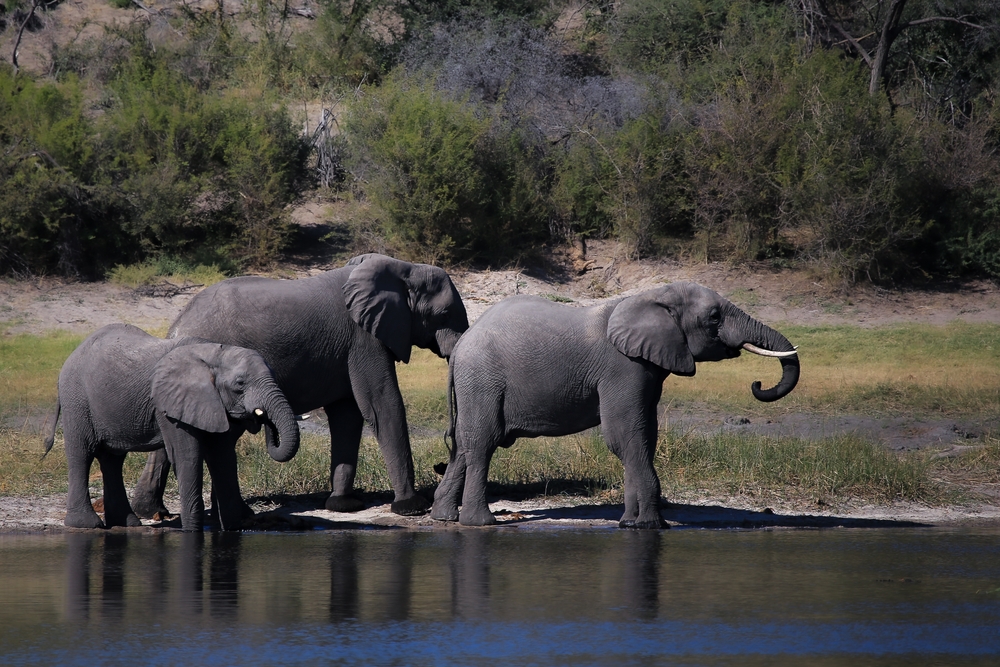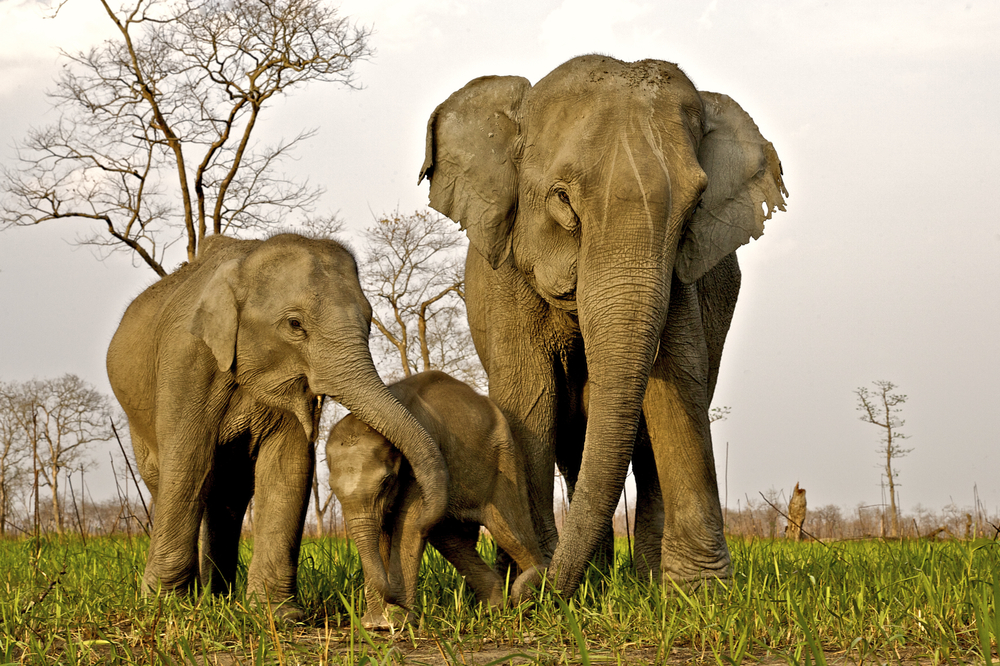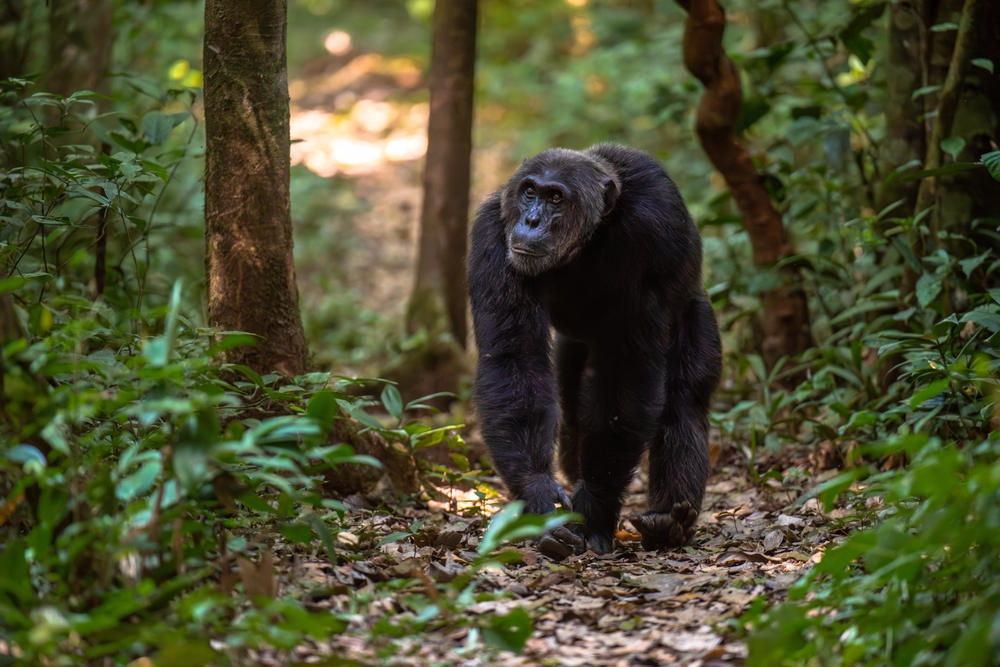Ivory Coast, or Côte d’Ivoire, is home to a network of national parks that showcase the country’s rich biodiversity and ecological significance. These protected areas, established to conserve diverse ecosystems, support unique wildlife and offer a haven for nature enthusiasts. Among the country’s national parks, three stand out for their ecological importance and popularity: Comoé National Park, Taï National Park, and Banco National Park.
Comoé National Park, a UNESCO World Heritage Site, is the largest national park in West Africa, covering an expansive 11,500 square kilometers. Located in the northeastern part of the country, it is renowned for its diverse ecosystems, which include savannas, gallery forests, and wetlands. The park is home to iconic wildlife such as elephants, lions, and chimpanzees, as well as over 500 bird species. The Comoé River, after which the park is named, sustains these ecosystems and offers unique opportunities for wildlife observation. Conservation efforts have focused on habitat restoration and anti-poaching measures, which have begun to stabilize wildlife populations after years of decline due to poaching and encroachment.
Taï National Park, another UNESCO World Heritage Site, is situated in southwestern Ivory Coast and is one of the last remaining primary rainforests in West Africa. Covering 3,300 square kilometers, it is a biodiversity hotspot, sheltering endangered species such as pygmy hippos and western chimpanzees. Its dense forest canopy, interspersed with rivers and swamps, creates a lush environment teeming with life. Long-term conservation initiatives, including research and community engagement, have helped preserve this critical habitat, though challenges such as illegal logging and agricultural expansion persist.
Banco National Park, located within the bustling city of Abidjan, offers a rare urban rainforest experience. Spanning 30 square kilometers, this park provides a green sanctuary in the heart of the city. Its dense tropical forests and streams are home to diverse flora and fauna, including primates, reptiles, and numerous bird species. Despite pressures from urbanization and pollution, the park remains an important site for environmental education and recreation. Recent efforts to integrate the park into urban planning aim to enhance its conservation and accessibility.
Ivory Coast’s national parks face ongoing challenges, including deforestation, agricultural encroachment, poaching, and human-wildlife conflict. However, significant strides have been made in recent years. International collaborations, government policies, and community-based conservation programs have contributed to habitat restoration and the stabilization of some wildlife populations. The promotion of eco-tourism has also emerged as a promising strategy to generate revenue while raising awareness about the importance of protecting these natural areas.
The national parks of Ivory Coast are vital to preserving the country’s natural heritage and biodiversity. They offer critical refuge for endangered species, serve as carbon sinks, and provide opportunities for environmental education and sustainable tourism. Safeguarding these parks ensures the survival of their unique ecosystems while contributing to the global effort to protect biodiversity and combat climate change.








































































